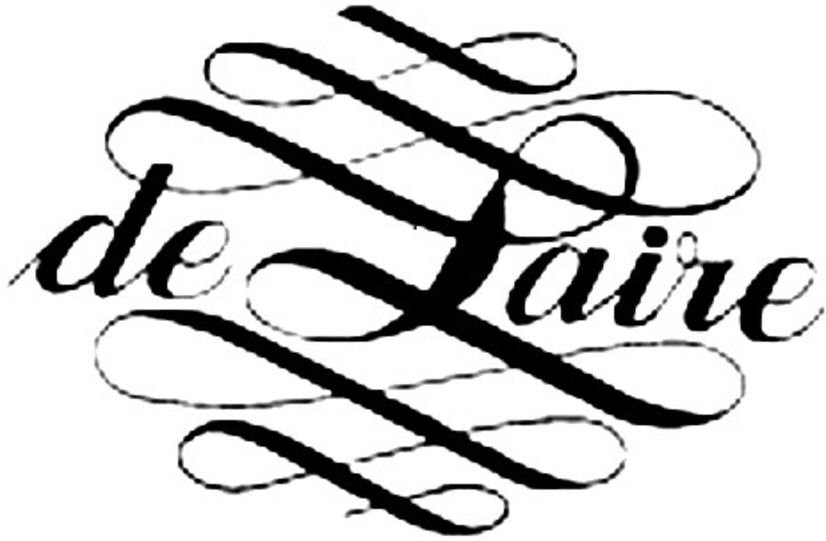Accord or Base?
Accord or Base?
What is the technical difference between a perfumery base or a perfumery accord?
Talking about a base implies it is considered, mainly, as an element previously made and with a precise purpose.
A base, in order to be considered as such, must have a defined character, as it is an essential structure of the composition of a fragrance.
The first bases, the ones which could be vulgarly considered as "the oldest" and some of which are still used, date back to a period in which raw material producers were less involved, as compared to today, in the formulation of finished fragrances.
The synthetic raw materials produced by these companies were often proposed to perfumers in the form of specialty bases, thus preserving the exclusivity of the newly discovered molecule (think about De Laire Bases).
Moreover, the “base” was proposed to perfumers a new palette of olfactory notes available.
The peculiarity of specialties such as Parmantheme (based on the molecule of Nonadienal), the specialty base Florizia (allyl ionone) and the famous Mousse de Saxe (isobutyl quinoleine) is that they are all dated in the same historical period.
This is a practice that is still present today, not with the purpose of hiding the identity of the molecule for internal use (identifiable anyway by chemical analysis), but with the purpose of presenting the molecule in such a way to be quickly incorporated within a formula.
The appearance of synthetic materials was the starting point and became the core of the inspiration phase in the creation of bases, which have the purpose of replicating the scent of a flower, often used in perfumery.
One of the first ones to be imitated was Lilac (with a combination of Terpineol, Heliotropin, Cinnamic Alcohol).
For the imitation of jasmine Benzyl Acetate, Jasmonal A\H, Indol were used, whereas in the case of violet it was ionones that made it possible.
Hydroxycitronellal was the first molecule synthesized to be used for lily of the valley reconstructions, while carnation was imitated by the combination of eugenol, cinnamic alcohol, vanillin, and benzyl salicylate.
The perfumery accord
According to my mentors, and i feels very comfortable with it is that: The perfumery accord is “the precise olfactory relationship between individual ingredients”. Like the chypre accord, made with the combination of Bergamot, Patchouli, Oakmoss and Cistus (or Labdanum).
Sources and informations
Fulvio Ciccolo, 2022
Perfumery practice and principles, 1994 Robert R. Calkin and J. Stephan Jellinek
Photo by Michael Dziedzic on Unsplash



